
Soil Health & Fertilization
We unite suppliers and green industry professionals worldwide
The olive is one of the oldest cultivated trees in the world, placing great importance on the beauty of its evergreen foliage, the fragrance of its blossoms, and the fruit, which has sustained civilization throughout the ages.
By Mariam Scott
|Published on September 24, 2025
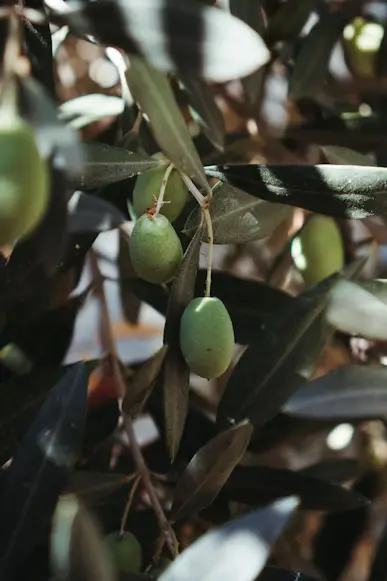

The olive ( Olea europaea ) is one of the oldest cultivated trees in the world, placing great importance on the beauty of its evergreen foliage, the fragrance of its blossoms, and the fruit, which has sustained civilization throughout the ages. Common all over the Mediterranean world and a staple of cuisine, the olive tree is synonymous with luck and life and associated with peace, prosperity, and longevity.
It is closely connected to human history, culture, and agriculture, and flourishes in warm weather and can find numerous applications in food and oil production, landscaping, and ornamentation. Whether on large groves or a lone tree on a patio, the olive is a dramatic addition to the garden because of its toughness, good looks, and productivity.
| Scientific Name | Olea europaea |
| Common Names | Olive, European Olive |
| Family | Oleaceae (the olive family) |
| Genus | Olea |
| Species | O. europaea |
| Cultivars | There are thousands of cultivars worldwide, chosen either to produce oil, be used as tables, or to be ornamental. The most widely known are Arbequina, Koroneiki, Frantoio, and Manzanilla. |

September 25, 2025
9 minute read
September 24, 2025
9 minute read
September 23, 2025
10 minute read
September 22, 2025
9 minute read


Join as a seller and connect with thousands of B2B buyers nationwide!
Sign Up
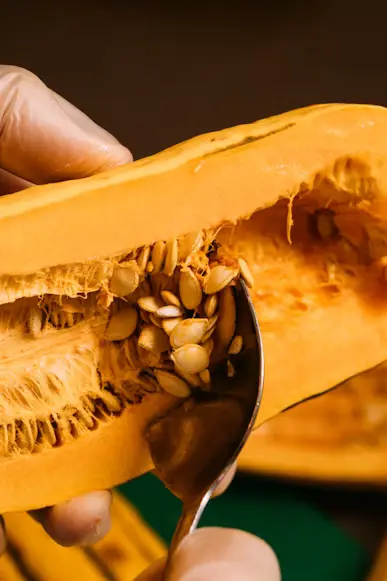
Delicata Squash
Delicata squash is a favorite winter squash variety widely beloved for its delicate, rich flavor and thin-skinned properties. This squash will give a rich,creamy-like texture and its bright skin with stripes makes it very desirable for many culinary uses.
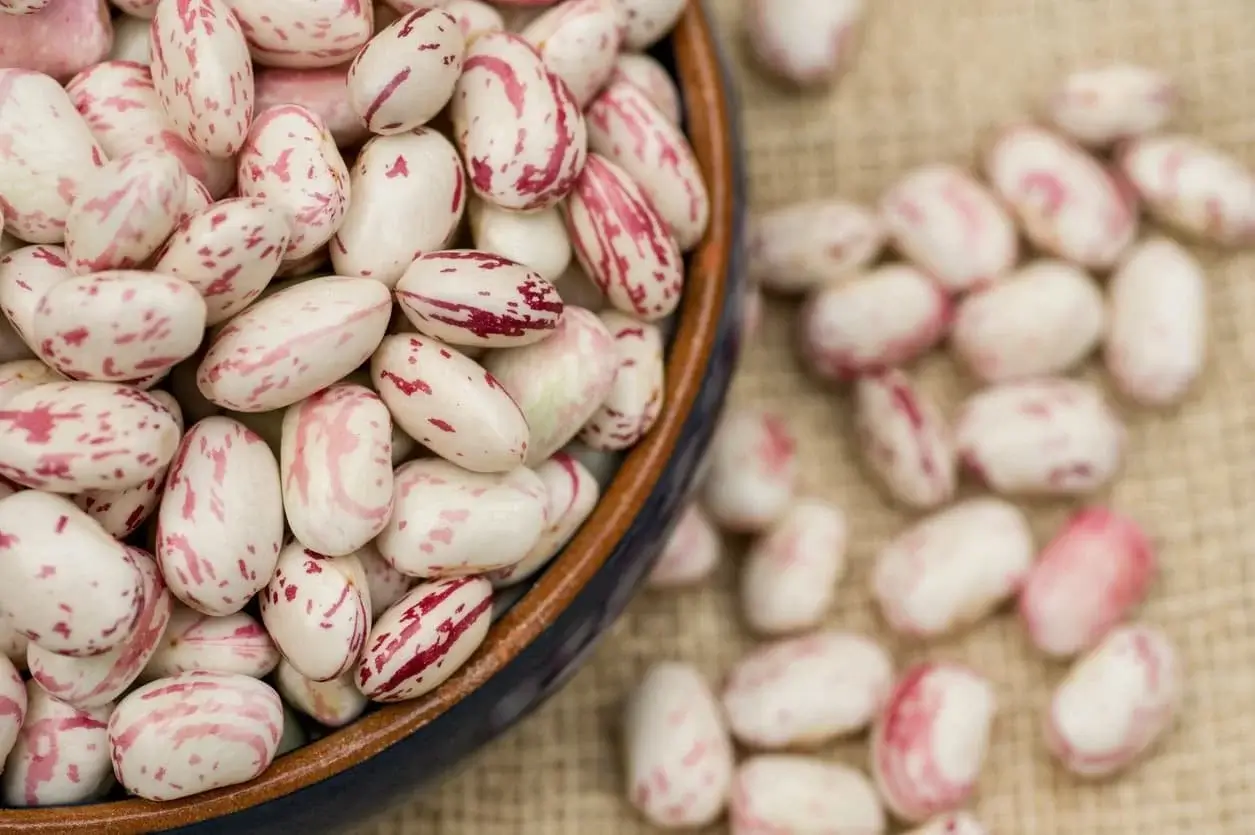
Bean Cranberry Red
Bean Cranberry Red is a colorful and tasty type of bean that brings beauty to the garden and flavor to the table.
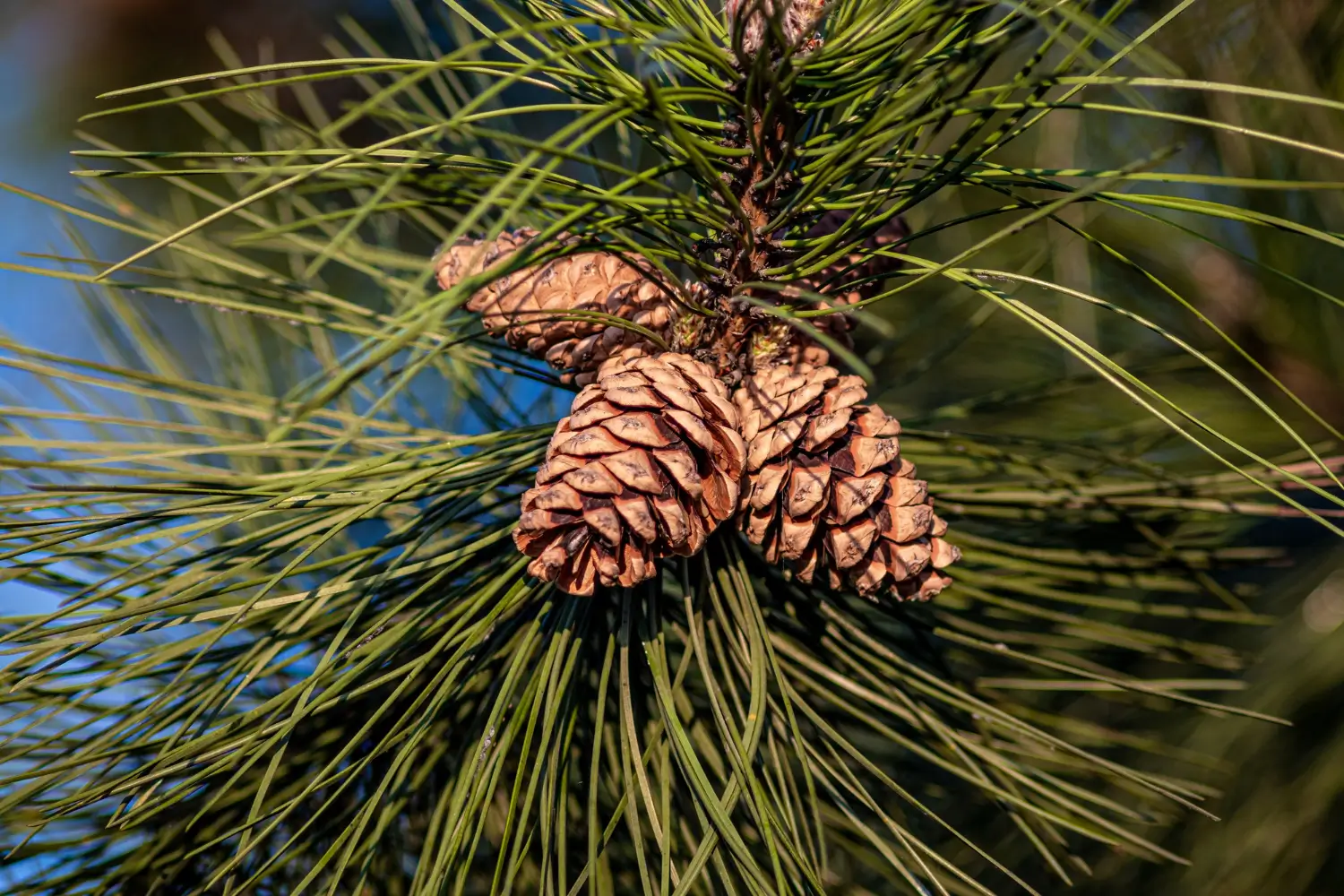
Eastern White Pine
The eastern white pine is a tall and beautiful evergreen native to the vast forests of eastern North America.
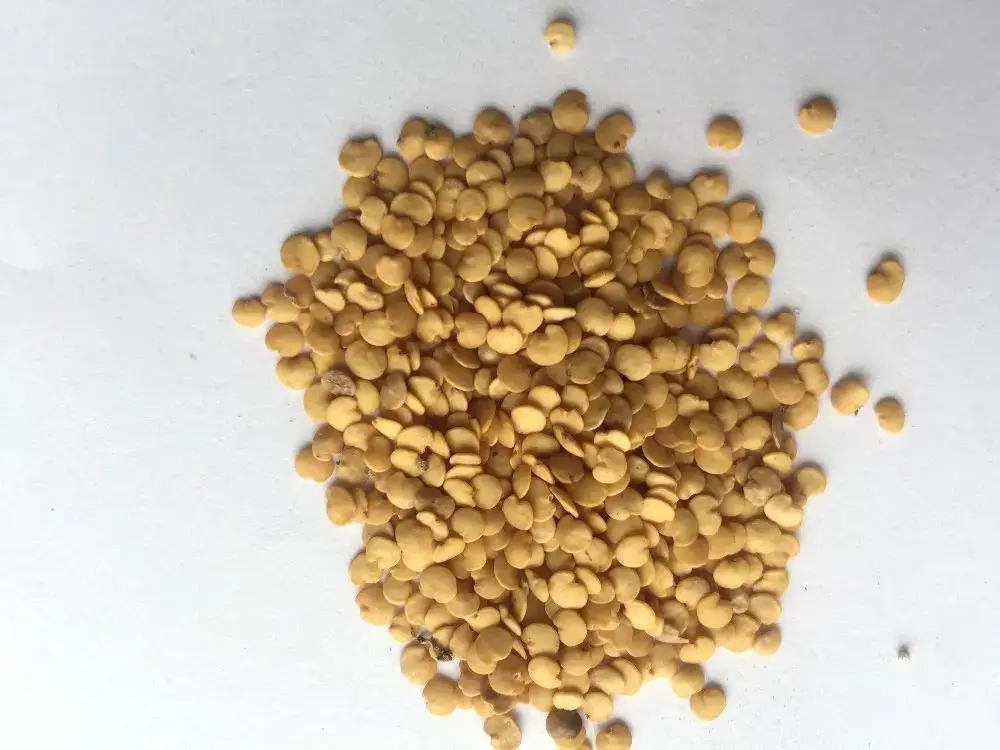
Eggplant
Aubergine (Solanum melongena) is a favorite vegetable that also has deep purple skin and creamy, smooth flesh.
Olive trees are perennial, broad-leaved trees that thrive well in semi-arid and Mediterranean Environments. These identifying features make them unique among the fruit trees.
No plant has as many uses as the olive.
Olive trees must have certain conditions to grow well and fruit:
Referring to the olive, the seeds of the olive are enclosed by a woody endocarp (pit or stone) case, which contains the embryo.
Growing olive trees through seed is both difficult, owing to slow and erratic germination. It is, however, possible to achieve it when it is prepared in the right way:
Olive seeds are not easily propagated when compared to many garden plants because of vegetative propagation, which is more reliable.
Olive trees are not propagated from seeds because the offspring do not produce the same quality of fruit as the parent tree. Instead, vegetative methods are preferred:
Olive trees are resistant, but vulnerable to several pests and diseases:
Olive seeds and fruits are to be handled separately, with different storage under different purposes in mind:
The olive tree (Olea europaea) has a long cultural, nutritional, and ornamental history. It thrives on poor soils and warm sunny places and yields fruit, oil and wood. It also represents peace and endurance.
Although propagation by seedlings is slow, uncertain and time consuming, uniformity in orchards can be ensured by using grafting and cutting methods. Oliver trees can be productive and pretty, and last for a hundred years when properly taken care of.
Olive trees grown from cuttings or grafts usually bear fruit in 3–5 years, while those grown from seed may take 8–10 years or longer.
Mature olive trees can tolerate short frosts, but prolonged freezing can damage fruit and branches. Young trees are more vulnerable.
Many live for several centuries, and some ancient trees are estimated to be over 2,000 years old.

Soil Health & Fertilization
Victor Miller

Pest Identification & Prevention
Victor Miller

Lawn Care Tips & Maintenance
Victor Miller

Soil Health & Fertilization
Victor Miller

Smart Irrigation Systems
Victor Miller

Patios, Walkways & Driveways
Victor Miller

Soil Health & Fertilization
Victor Miller

Pest Identification & Prevention
Victor Miller
My Account
Our team is always here to help.
We are open Monday - Friday, 9:00 AM to 4:30 PM PST.